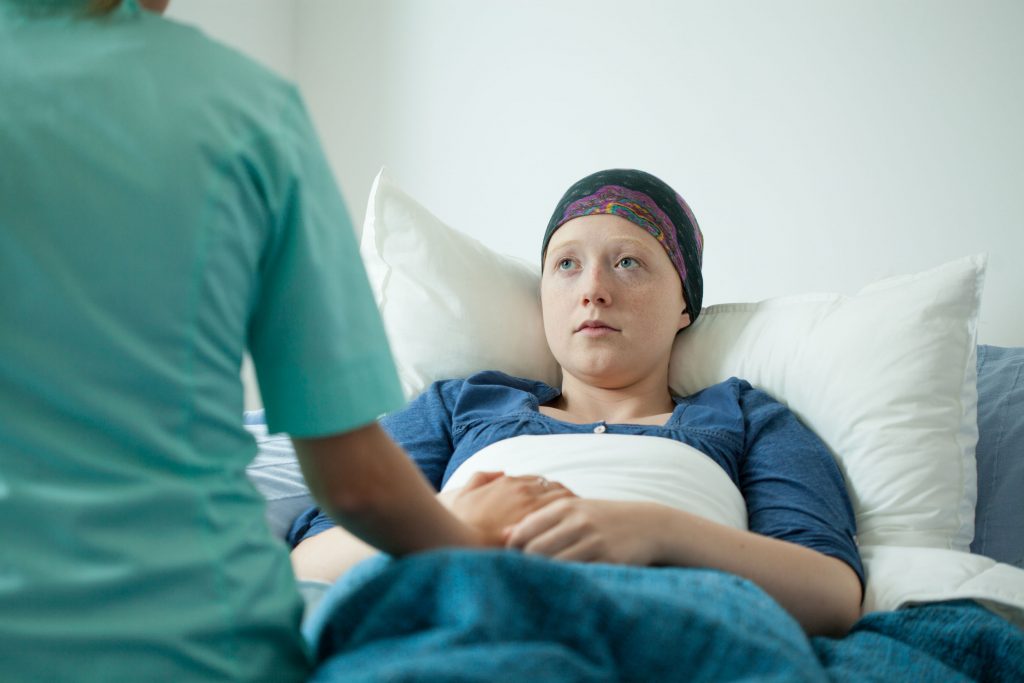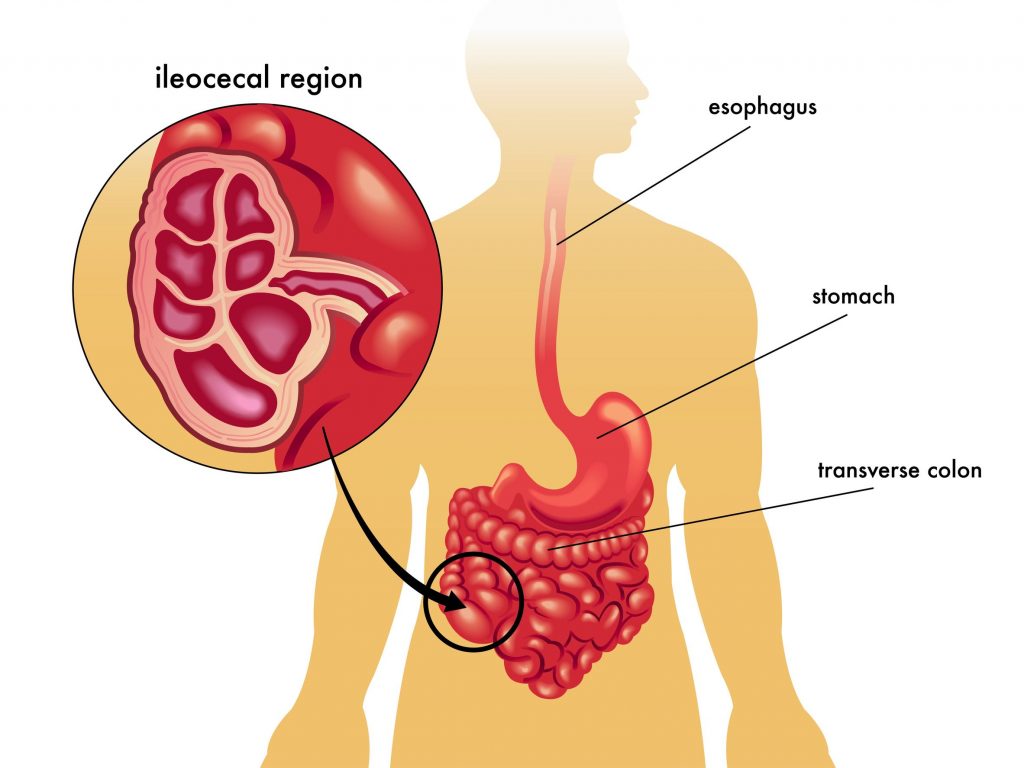
Neutropenic enterocolitis is a life-threatening complication of neutropenia. It is most often seen in patients that have received chemotherapy for acute leukemia or solid tumors, but can occur in other types of cases. It can affect the small and large intestines and the cecum, which is a pouch where the small and large intestines meet. It typically involves ulcerations and inflammation of the affected areas, and can lead to widespread infection, necrosis of the bowel, and sepsis.
Neutropenic Enterocolitis Causes and Risk Factors
Neutropenic enterocolitis may be caused by damage to the mucosal lining of the stomach in people who are at risk for the condition, or by immunosuppression. At this point, the cause is not fully known. It was first seen in children who had severe neutropenia as a result of leukemia. Risk factors include:
- Intensive chemotherapy for leukemia
- Intensive chemotherapy for solid tumors
- AIDS
- Immunosuppression in organ transplant patients

Symptoms of Neutropenic Enterocolitis
The symptoms of neutropenic enterocolitis can mimic appendicitis. In chemotherapy patients, symptoms will usually set in within 10 to 14 days of treatment. Symptoms can include:
- Nausea and/or vomiting
- Diarrhea, often watery or bloody
- Abdominal discomfort
- Abdominal cramping
- Constant, dull abdominal pain
- Abdominal distention
Abdominal pain and discomfort often occur in the right-lower quadrant. Some patients will experience oral and pharyngeal mucositis before abdominal symptoms set in. Symptoms of mucositis include:
- Pain or soreness in the mouth or throat
- Mild burning, pain, or a feeling of dryness when eating
- Difficulty swallowing
- Difficulty speaking
- Thicker saliva or increased mucus in the mouth
- Blood in the mouth
- Mouth and gums are red, shiny, and/or swollen
- Mouth sores, white patches or pus in the mouth
